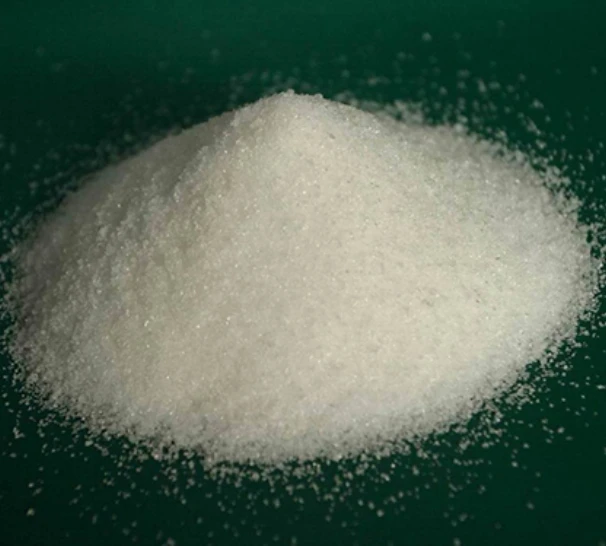amphoteric polyacrylamide
Understanding Amphoteric Polyacrylamide A Versatile Polymer for Various Applications
Amphoteric polyacrylamide (APAM) is a novel class of polymer that has garnered substantial attention in recent years due to its unique properties and wide range of applications across various industries. This polymer is characterized by the presence of both cationic and anionic functional groups in its structure, enabling it to exhibit a dual behavior that can adapt to different environmental conditions. As a result, APAM has proven to be a versatile material, particularly in water treatment, oil recovery, and agriculture.
Composition and Properties
At its core, amphoteric polyacrylamide is derived from polyacrylamide (PAM), a water-soluble polymer formed from the polymerization of acrylamide. By incorporating both positively and negatively charged groups into its structure, APAM significantly enhances the polymer's performance in diverse applications. The cationic segments interact with negatively charged species, while the anionic portions engage with positively charged counterparts. This unique balance allows APAM to respond effectively to varying pH levels and ionic strengths, making it particularly effective in complex environments.
One of the most noteworthy properties of APAM is its ability to flocculate particles in suspension. This flocculation effect is crucial in water purification processes, where contaminants need to be aggregated and removed efficiently. The polymer's versatility also allows it to be used in scenarios where the charge of the target particles may vary, making it a more reliable choice than traditional polymers.
Applications in Water Treatment
Water treatment is one of the primary fields where amphoteric polyacrylamide has made a significant impact
. APAM is widely employed as a flocculant in municipal wastewater treatment plants, where it aids in the removal of suspended solids, colloids, and other impurities from water. Its ability to bridge particles together enhances the sedimentation process, leading to clearer effluent being discharged into the environment.Additionally, APAM is beneficial for removing organic matter and reducing turbidity in water. It is particularly effective in the treatment of industrial wastewater, where the presence of both cationic and anionic pollutants requires a more adaptable approach to purification. The use of APAM in these processes can lead to improved efficiency, reduced chemical usage, and lower operational costs.
amphoteric polyacrylamide

Role in Oil Recovery
In the oil and gas industry, amphoteric polyacrylamide has gained traction as a polymer used in enhanced oil recovery (EOR) methods. The ability of APAM to adapt to varying salinities and temperatures makes it particularly effective in developing unconventional oil reservoirs. When injected into oil wells, APAM improves the mobility of oil by reducing the interfacial tension between oil and water, leading to higher oil production rates.
Furthermore, the dual charge characteristics allow APAM to effectively interact with various components of the reservoir, whether it be clay particles, oil droplets, or water molecules. This adaptability is crucial in maximizing recovery efficiency and minimizing environmental impact during extraction processes.
Agricultural Applications
Beyond industrial uses, amphoteric polyacrylamide is increasingly finding its way into agricultural applications. It is used as a soil conditioner and a water retention agent, improving the soil structure and enhancing moisture retention capacities. The application of APAM can lead to improved crop yields and reduced erosion, especially in arid and semi-arid regions. By promoting better soil aggregation, APAM helps maintain healthy root systems while reducing the need for excessive irrigation.
Conclusion
In summary, amphoteric polyacrylamide is a remarkable polymer that presents a multitude of advantages due to its unique amphoteric nature. Its ability to flocculate particles, adapt to varying environmental conditions, and interact effectively with both cationic and anionic species makes it invaluable in industries such as water treatment, oil recovery, and agriculture. As research and development in polymer science continue to advance, the potential applications of APAM are likely to expand, paving the way for innovative solutions to some of the most pressing challenges faced by society today. Its versatility and effectiveness position APAM as a key player in the quest for sustainable practices across various domains.
-
lk-319-special-scale-and-corrosion-inhibitor-for-steel-plants-advanced-solutions-for-industrial-water-systemsNewsAug.22,2025
-
flocculant-water-treatment-essential-chemical-solutions-for-purification-processesNewsAug.22,2025
-
isothiazolinones-versatile-microbial-control-agents-for-industrial-and-consumer-applicationsNewsAug.22,2025
-
scale-inhibitor-key-solutions-for-water-system-scale-preventionNewsAug.22,2025
-
organophosphonates-versatile-scale-inhibitors-for-industrial-water-systemsNewsAug.22,2025
-
scale-and-corrosion-inhibitor-essential-chemical-solutions-for-water-system-maintenanceNewsAug.22,2025





